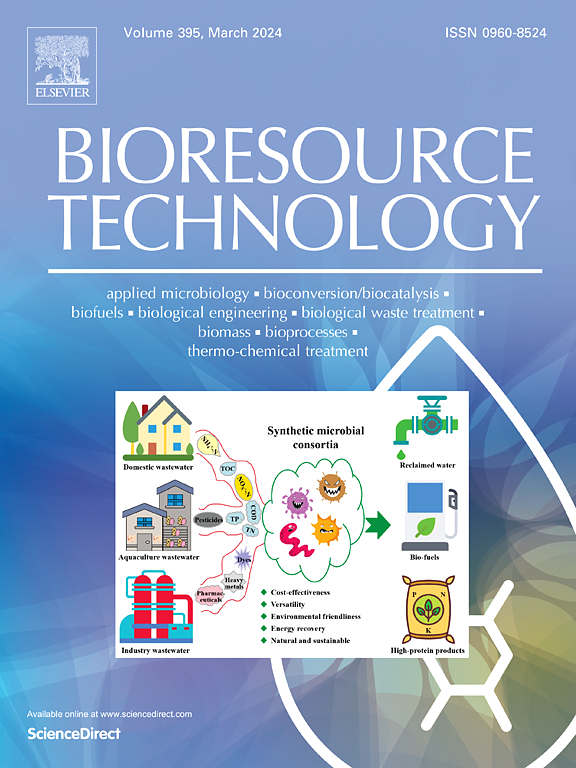Engineered stable partial nitrification/endogenous partial denitrification-anammox process for enhanced nitrogen removal from low carbon-to-nitrogen ratio wastewater
IF 9.7
1区 环境科学与生态学
Q1 AGRICULTURAL ENGINEERING
引用次数: 0
Abstract
Addressing the intractable challenges of nitrite instability and slow start-up in anammox for low carbon-to-nitrogen (C/N) ratio wastewater treatment, a one-stage partial nitrification/endogenous partial denitrification-anammox (PN/EPD-A) process in a sequencing batch biofilm reactor was proposed. By synergistically coupling PN and EPD, self-sustained nitrite supply for anammox was achieved. Concurrently, a layered biofilm structure, engineered through tailored aeration and carrier addition, facilitated the rapid enrichment of anammox bacteria. The results demonstrated exceptional performance, achieving a total nitrogen removal efficiency of 83.3 %, with anammox consistently contributing 75.8 % of the nitrogen removed. Microbial community analysis further indicated the stable coexistence of anammox bacteria, ammonia-oxidizing bacteria, and glycogen-accumulating organisms, with their relative abundance reaching 1.36 %, 2.19 % and 9.80 %, respectively. These findings unveiled a robust and efficient strategy to overcome the limitations of anammox technology in low C/N wastewater treatment, paving the way for its broader application in nitrogen removal.

求助全文
约1分钟内获得全文
求助全文
来源期刊

Bioresource Technology
工程技术-能源与燃料
CiteScore
20.80
自引率
19.30%
发文量
2013
审稿时长
12 days
期刊介绍:
Bioresource Technology publishes original articles, review articles, case studies, and short communications covering the fundamentals, applications, and management of bioresource technology. The journal seeks to advance and disseminate knowledge across various areas related to biomass, biological waste treatment, bioenergy, biotransformations, bioresource systems analysis, and associated conversion or production technologies.
Topics include:
• Biofuels: liquid and gaseous biofuels production, modeling and economics
• Bioprocesses and bioproducts: biocatalysis and fermentations
• Biomass and feedstocks utilization: bioconversion of agro-industrial residues
• Environmental protection: biological waste treatment
• Thermochemical conversion of biomass: combustion, pyrolysis, gasification, catalysis.
 求助内容:
求助内容: 应助结果提醒方式:
应助结果提醒方式:


